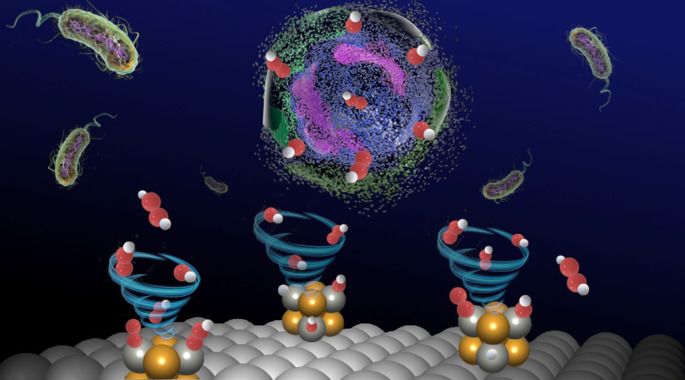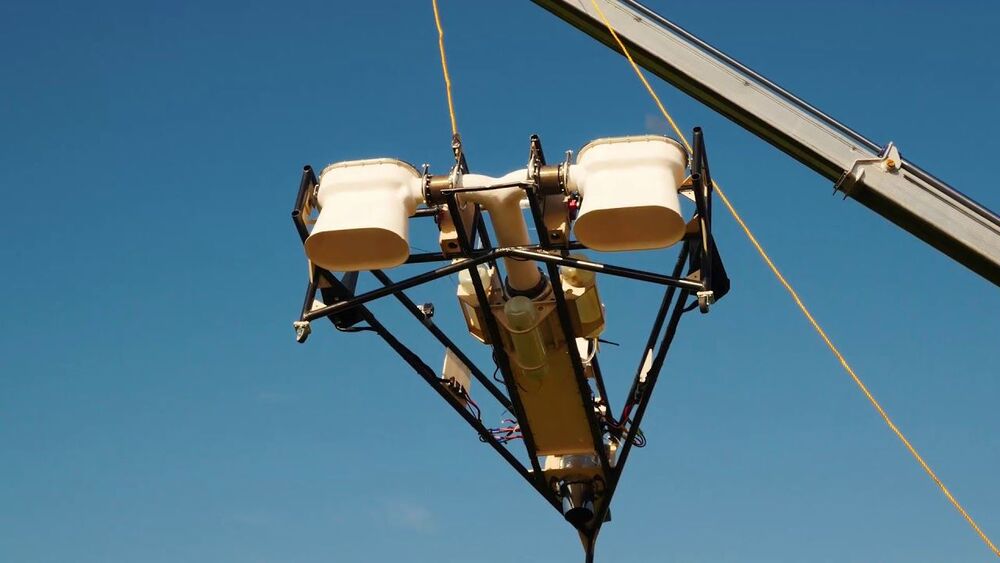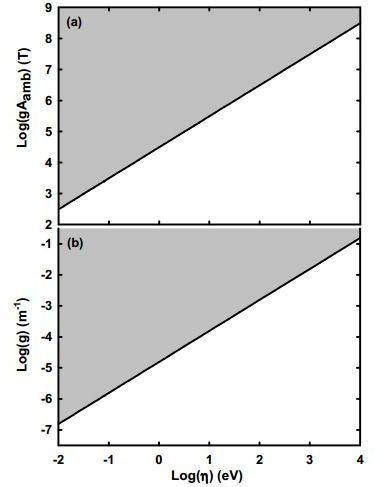U.S. company Applied Materials has revealed a new process to engineer the wiring of advanced logic chips that can scale down to 3 nanometres (nm).
Cities like Oslo, Helsinki and Copenhagen are working to clean up one of the world’s most high-emission industries.
Jeff Bezos steps down as Amazon boss
Posted in futurism
Jeff Bezos leaves his role as CEO of the tech giant on Monday — exactly 27 years after he founded it.
As Bezos leaves his role as CEO, those who have worked with him ponder the lessons learned.
Voice assistants are a very controversial technological implementation, as some believe they are too intrusive with users’ privacy and do not provide significantly useful features compared to using a conventional computer or smartphone. Its use becomes increasingly questionable considering the constant reports of information collection. The most recent of these reports points out that Google Assistant technology can listen to users’ conversations even without being invoked.
The company had already admitted that it records some of the users’ conversations, though its reports claimed this was impossible if the user didn’t say “OK Google” aloud. However, this new report ensures that it is not necessary for the user to activate the assistant with the renowned voice command.
According to Android Authority researchers, a Google representative admitted that its virtual assistant records audio even when this tool is not used, even recognizing that employees have access to this information. However, Google clarified that this has not been done inadvertently, ensuring that its staff is not listening to users’ conversations. In addition, it was established that Google staff only have access to limited parts of the audio.
A recent security report states that it is possible to hijack sessions on Google Compute Engine virtual machines to gain root access through a DHCP attack. While deploying this attack is impractical, an exploit attempt can be highly functional.
The report, published on GitHub, mentions that a threat actor could allow threat actors to take control of virtual machines because these deployments rely on ISC DHCP software, which employs a very weak random number generator. A successful attack clutters these virtual machines with DHCP traffic, forcing the use of a fake metadata server controlled by an attacker.
If the attack is successful, the virtual machine uses the unauthorized server for its configuration instead of an official Google one, which would allow cybercriminals to log in to the affected device with root access.
Ultra-Realistic Hand Scans
Posted in futurism
A Founder of 3D Scan Store has shown a re-rendered version of one of the realistic hand scans.
Despite its biocidal properties, the use of hydrogen peroxide is still limited in the context of water disinfection. Here an approach is disclosed based on the generation of H2O2 in situ by means of an AuPd catalyst, which can compete with chlorination methods by generating a highly reactive radical flux.
The J-2000 VTOL flying vehicle doesn’t use any blades, instead it uses a quiet “fluidic propulsion system,” the future of flying vehicles.
Circa 2012
The idea that our universe is embedded in a broader multidimensional space has captured the imagination of scientists and the general population alike.
This notion is not entirely science fiction. According to some theories, our cosmos may exist in parallel with other universes in other sets of dimensions. Cosmologists call these universes braneworlds. And among that many prospects that this raises is the idea that things from our Universe might somehow end up in another.
A couple of years ago, Michael Sarrazin at the University of Namur in Belgium and a few others showed how matter might make the leap in the presence of large magnetic potentials. That provided a theoretical basis for real matter swapping.
In some cases, chain reactions fed more widespread disruption.
The Swedish Coop grocery store chain had to close hundreds of stores on Saturday because its cash registers are run by Visma Esscom, which manages servers for a number of Swedish businesses and in turn uses Kaseya.
Brett Callow, a ransomware expert at the cybersecurity firm Emsisoft, said he was unaware of any previous ransomware supply-chain attack on this scale.









